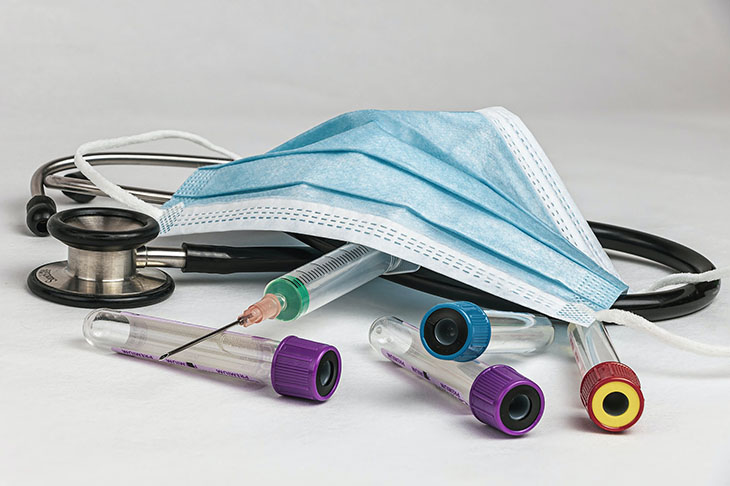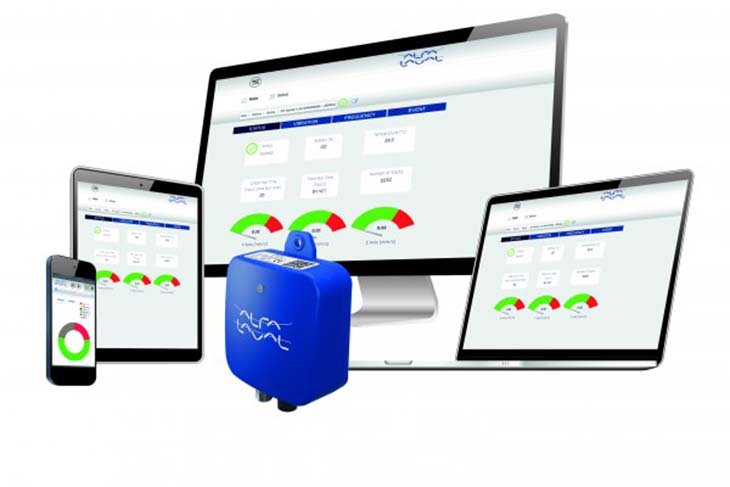The medical supply chain has been under ongoing strain recently and people must engage in creative strategies to mitigate the shortages and delays. Here are some tips for achieving more stability.
Establish New Usage Protocols
Keeping the supply chain stable often requires people to be more aware of how they use supplies. Addressing this might include questioning whether they could do things differently to reduce how much they consume during work.
When two university medical centers in Arizona experienced a contrast media shortage, they developed a tiered protocol system to determine which procedures most critically needed the dye. If the patients’ situation warranted it, the professionals found alternative methods not requiring contrast media.
In other cases, people used a lower dosage for diagnostic procedures requiring contrast dye. There was also a triage system to ensure the most urgent tests requiring it got performed first.
Making such changes is not always easy, especially when some of the people affected have never had to ration such supplies before. However, adapting to show more flexibility is usually positive because it helps individuals prepare for whatever the future holds.
Consider Pursuing Crowdsourcing and Donations
Medical professionals have convenient and purposeful apps to help them do their jobs better. One helps find veins while others act as diagnostic assistants. During the COVID-19 pandemic, some people who needed medical supplies relied on crowdsourcing apps and even social media posts to get them.
There are understandable quality control risks with such approaches. However, when medical facilities are in desperate circumstances, some administrators have no choice but to explore unconventional channels.
A shortage of one item in the medical supply chain can have ripple effects. Consider how antimicrobial fabrics kill and slow the spread of pathogens. That’s why many garments worn by health care professionals have antimicrobial properties. A lack of these uniforms could continue to spread dangerous infections, so medical workers need a multipronged strategy.
One research paper examined the effects of a short-term donation campaign during the COVID-19 pandemic. Gowns, hats, aprons and masks were some of the medical items contributed during the effort. The results showed 86.3% of the products initially received were deemed appropriate for use.
The researchers concluded that a constant influx of donated supplies was a viable way to ensure facilities had the necessary products to keep health care workers safe. Moving forward with this approach requires having enough staff to check the supplies before use. Even so, it can help medical facilities achieve short-term stability.
Create Time-Based Medical Supply Chain Strategies
Predicting how long the medical supply chain will be under strain is often challenging. That’s typically because numerous factors cause the associated issues — and some are far from the direct control of the people affected.
Everything from pandemic lockdowns to the Ukraine invasion has impacted the world’s supply chains. Even the best efforts from logistics managers can’t account for all those factors.
Researchers looked at the factors surrounding the shortage of iohexol, a contrast media for CT scans. They suggested groups of short, medium and long-term strategies so hospitals could successfully cope with the issue. One of the short-term recommendations was to establish a command center to oversee and approve how people used the supplies.
One of the mid-term strategies — requiring several months to deploy — was to convert single-use vials to multi-use containers. Another was establishing communication protocols throughout the hospital so those responsible for ordering new supplies were aware of the new practices.
The longest-term strategies required hospital representatives to change how they purchased contrast media. Some facilities have a week’s worth of contrast media available at a time. However, it may be necessary to shift so they keep at least a six-month supply.
The researchers also pointed out that all products are at potential risk of future shortages. Thus, they recommended proactively checking the stock levels of ancillary items used to administer contrast dye — such as tubing and IV injectors — to ensure adequate supplies were available.
Think Outside the Box
Perhaps supply chain decision-makers have been thinking about building a data analytics system to show real-time inventory snapshots of the most in-demand products. Now would be a great time to bring that idea to life and optimize how an organization uses it.
It could also be an excellent time to forge connections with other facilities or groups in the area to see how much collaboration could help solve shortages. A flexible and forward-thinking mindset will help people explore new solutions and remain resilient until supply crises ease.
A final thing to remember is it may take time to see new protocols and procedures’ effects. However, remain hopeful rather than discouraged. Track how the situation progresses and use any associated metrics to decide if the changes are working well or need adjusting.
Creating a Stable Medical Supply Chain
Medical supply chain shortages are disrupting providers and hospitals around the world. As frustrating as these issues are, they’re not impossible to solve.
Conquering these challenges means being willing to do things differently and maybe even implementing completely new solutions.





















